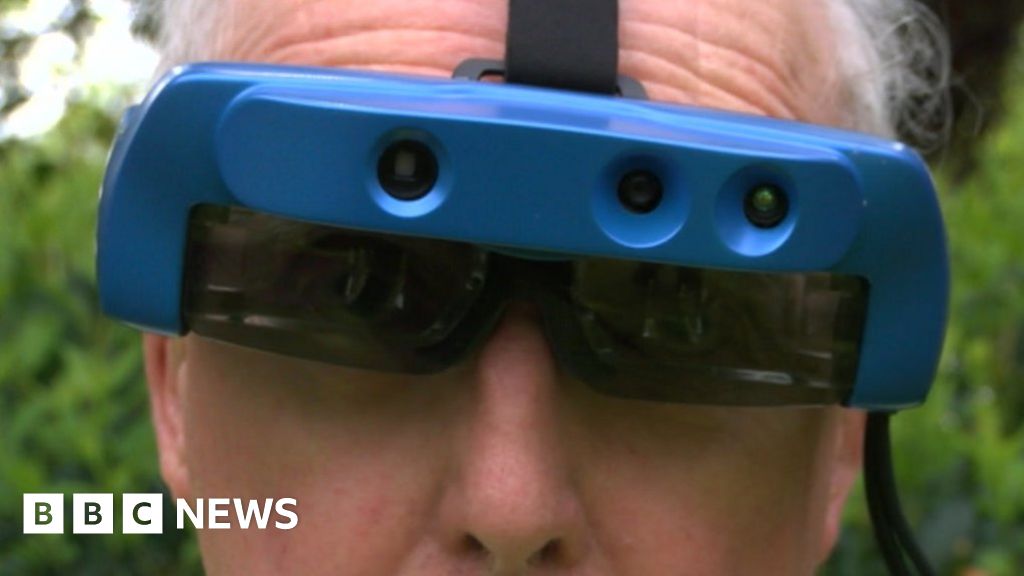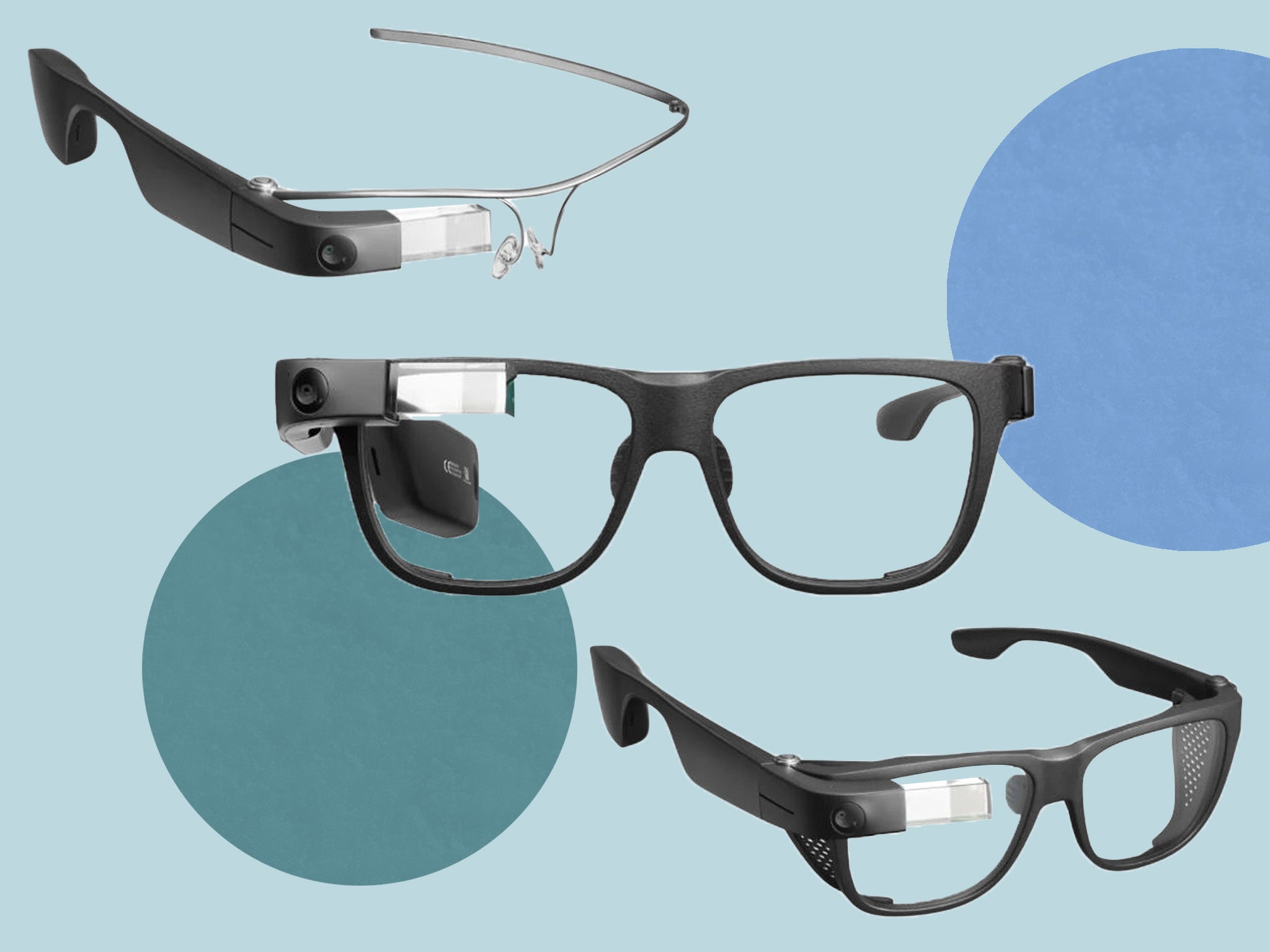Maximizing Efficiency with Screen Readers for the Blind: A Comprehensive Guide
Maximizing Efficiency with Screen Readers for the Blind: A Comprehensive Guide
Blog Article
Discover Advanced Assistive Devices for Individuals With Visual Impairments
The landscape of assistive technology for people with aesthetic disabilities is developing rapidly, presenting a variety of innovative tools that boost freedom and interaction. From wise glasses that seamlessly merge aesthetic input with acoustic advice to innovative navigation applications that redefine spatial recognition, these devices are improving possibilities.
Smart Glasses Innovations
Smart glasses represent a considerable development in assistive innovation for people with visual impairments. These ingenious tools incorporate different features created to enhance the individual's communication with their setting. Geared up with sensing units and cameras, smart glasses can catch real-time aesthetic details, which is after that refined and conveyed to the user via sound feedback or haptic experiences. This performance enables people to obtain immediate summaries of their surroundings, enhancing their ability to navigate and engage with the globe.
Additionally, advancements in expert system have even more enhanced the capabilities of clever glasses. Machine knowing formulas can recognize faces, reviewed message, and determine things, making them important devices for daily jobs. Users can get acoustic hints that supply context concerning their atmosphere, fostering independence and self-confidence.
Additionally, the ergonomic design and lightweight nature of several wise glasses make them ideal for long term usage, making certain convenience while boosting performance. As these gadgets remain to develop, they hold the prospective to reinvent the method individuals with aesthetic disabilities experience their lives, connecting the space between availability and modern technology. The ongoing research study and advancement in this area pledge to broaden the possibilities for clever glasses, making them an essential component of modern-day assistive gadgets.
Navigation Apps and Devices
Many navigation apps and devices have arised as necessary sources for people with visual problems, substantially enhancing their capability to pass through unknown environments. These innovations utilize general practitioner functionality, audio hints, and real-time information to offer users with precise navigating support.
One noticeable example is the Aira app, which links individuals to trained agents that can offer visual descriptions of environments and navigation assistance through an online video clip feed. This service improves the customer's spatial awareness and self-confidence while navigating. Another notable device is Seeing Eye GPS, which provides voice-guided navigation and points of rate of interest, making it possible for customers to access important information about their surroundings.

As technology proceeds to advancement, the growth of more advanced navigating devices promises to further equip people with aesthetic disabilities, assisting in smooth mobility and combination into varied settings. Such technologies contribute in advertising a more comprehensive culture.
Braille Modern Technology Improvements
In the last few years, advancements in Braille technology have actually considerably transformed exactly how people with that site aesthetic disabilities accessibility info and engage with the world around them. The development of portable Braille screens has transformed reading by permitting users to link wirelessly to tablet computers, smart devices, and computer systems. These gadgets convert text right into Braille in real-time, making it possible for smooth communication with electronic content.
Additionally, ingenious Braille printers have actually arised, boosting the manufacturing of tactile products. Modern embossers are much faster and more effective, allowing for the fast creation of Braille papers and academic materials. This performance reduces the time and cost linked with creating Braille resources, making them much more accessible to institutions and companies.
Furthermore, the assimilation of Braille with various other innovations, such as artificial intelligence and device understanding, has opened up brand-new avenues for individualized understanding experiences. Voice acknowledgment and synthesis innovations can enhance Braille, giving an inclusive method to details dissemination.
As the demand for comprehensive education and workplace environments expands, these technological improvements play a critical duty in encouraging people with visual disabilities, guaranteeing they have equal access to information and possibilities in numerous facets of life.
Wearable Instruments for Independence
A growing variety of wearable gadgets is improving freedom for people with visual impairments, supplying innovative remedies that improve navigating and day-to-day living. Braille displays and notetakers. These devices utilize sophisticated modern technologies to eye doctor is called give real-time responses and assistance, promoting autonomy in different environments

Wearable modern technology likewise consists of smartwatches that can be configured with availability attributes, allowing customers to get alerts, track their places, or perhaps call for help with the touch of a switch. Some devices integrate artificial knowledge to assess the environment, offering sound summaries of nearby objects or people.
Voice-Activated Assistive Solutions
Leveraging voice-activated assistive options has changed the landscape of support for people with aesthetic problems, providing hands-free interaction and access to a range of jobs. These modern technologies use natural language handling and synthetic intelligence to allow customers to execute everyday tasks with simple voice commands.

Furthermore, recent advancements in voice recognition precision have enhanced the individual experience significantly, suiting varied accents and speech patterns. This inclusivity makes sure that more people can benefit from these modern technologies, cultivating a higher sense of freedom.
Final Thought
Finally, the advancement of advanced assistive tools substantially enhances the self-reliance and quality of life for individuals with visual impairments. Innovations such as smart glasses, navigation apps, Braille modern technology, wearable devices, and voice-activated solutions jointly foster an even more inclusive setting. These technologies empower individuals to navigate their environments with confidence and involve more totally with the globe, inevitably promoting better access and level playing fields for individuals facing aesthetic obstacles.
The landscape of assistive technology for individuals with aesthetic disabilities is evolving quickly, presenting a variety of cutting-edge gadgets that enhance freedom and engagement.Smart glasses represent a considerable development in assistive modern technology for individuals with visual disabilities. As these tools continue to develop, they hold the prospective to transform the way people with aesthetic disabilities experience their daily lives, linking the void between ease of access and modern technology.In recent years, advancements in Braille innovation have dramatically changed just how individuals with useful source visual impairments gain access to info and engage with the world around them. These modern technologies empower users to navigate their surroundings with confidence and involve more completely with the globe, inevitably advertising greater ease of access and equivalent opportunities for individuals facing visual challenges.
Report this page